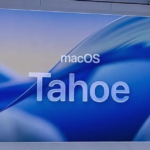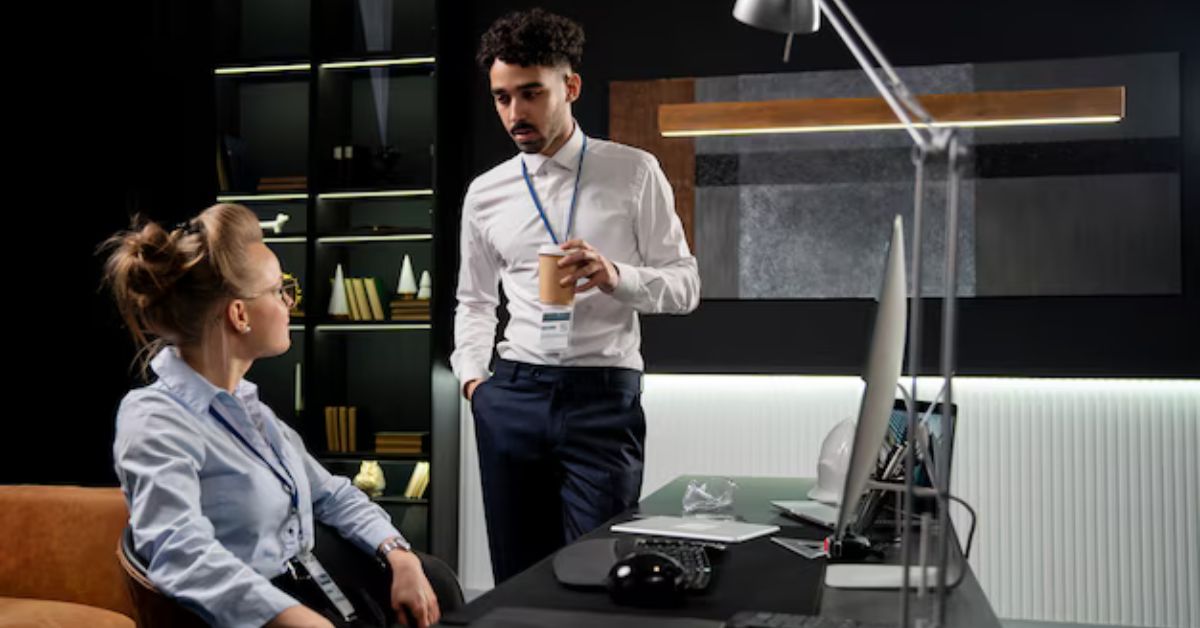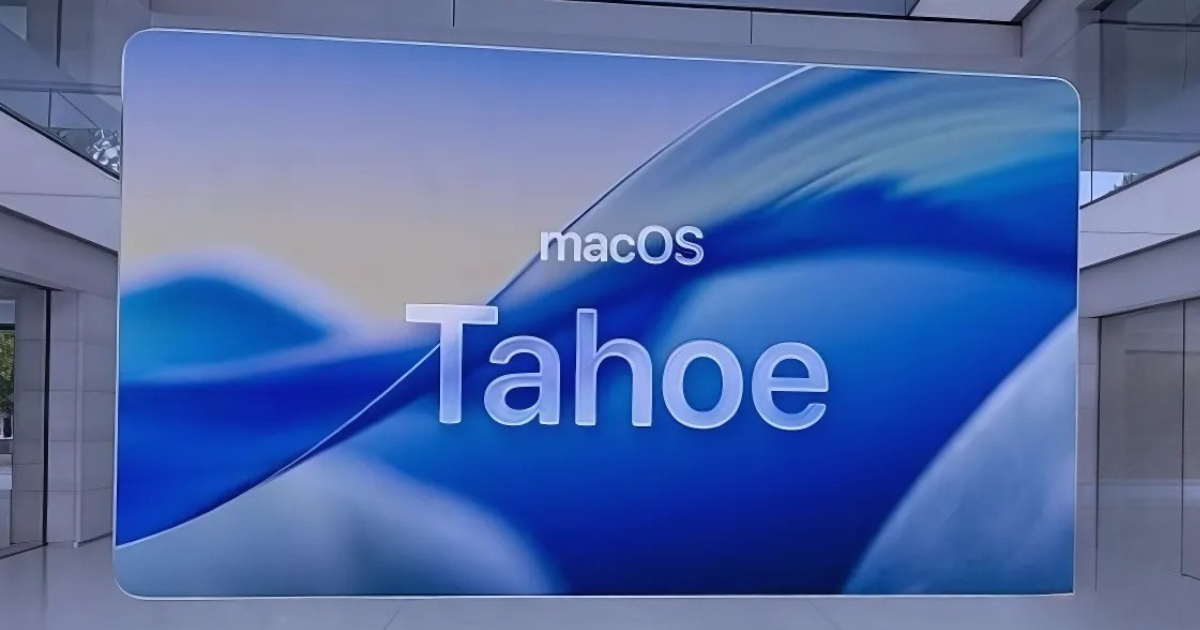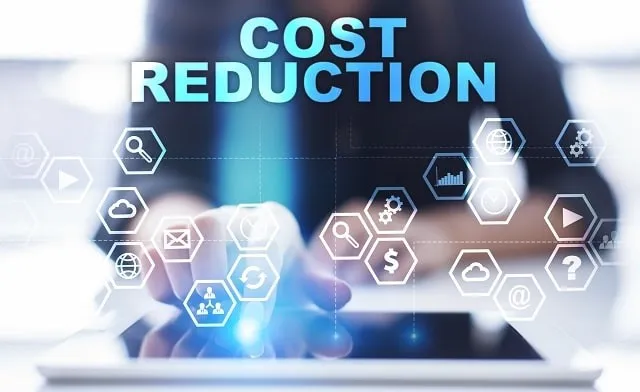Backcasting rooms have emerged as a pivotal concept in strategic planning and decision-making, particularly in fields like sustainability, urban planning, and organizational development. Unlike traditional forecasting, which predicts future outcomes based on current trends, backcasting begins with defining a desired future scenario and works backward to identify the steps needed to achieve that future. This article delves into the intricacies of backcasting rooms, exploring their purpose, methodology, and impact on strategic planning processes.
What is a Backcasting Room?
A backcasting room is a dedicated space designed for strategic planning sessions where participants use backcasting techniques to envision and plan for future scenarios. Unlike typical brainstorming or forecasting sessions, backcasting involves defining a specific future state and then working backward to determine the necessary actions and milestones to reach that future. This method is particularly useful for addressing complex, long-term issues where conventional forecasting might fall short.
Purpose and Benefits
The primary purpose of a backcasting room is to facilitate a structured approach to planning by starting with a clear vision of the future. This approach offers several benefits:
- Clarity of Vision: By defining a desired future state, organizations and individuals gain a clear and motivating vision that guides their planning efforts. This clarity helps align stakeholders and resources towards a common goal.
- Strategic Alignment: Backcasting helps ensure that strategies and actions are aligned with long-term objectives rather than short-term trends. This alignment is crucial for addressing complex challenges and achieving sustainable outcomes.
- Innovative Solutions: Working backward from a desired future can inspire innovative solutions that might not emerge from traditional forecasting methods. It encourages participants to think creatively about the steps needed to achieve their goals.
Setting Up a Backcasting Room
Creating an effective backcasting room involves several key considerations:
- Design and Layout: The room should be designed to foster collaboration and creativity. This typically includes flexible seating arrangements, whiteboards, and other tools for brainstorming and visualizing ideas. Comfortable seating and a conducive atmosphere are also important for productive discussions.
- Technology and Tools: Equip the room with the necessary technology to support backcasting activities. This might include projectors, digital collaboration tools, and data visualization software. These tools help participants visualize scenarios and track progress effectively.
- Facilitators and Participants: Select experienced facilitators who can guide the backcasting process and manage group dynamics. Participants should include a diverse group of stakeholders who have a vested interest in the future scenario being developed. This diversity ensures a comprehensive range of perspectives and ideas.
The Backcasting Process
The backcasting process typically involves several stages:
- Defining the Future Scenario: Begin by articulating a clear and compelling vision of the desired future. This scenario should be specific, measurable, and relevant to the goals of the organization or project. Participants should collaboratively develop this vision to ensure buy-in and commitment.
- Identifying Milestones: Once the future scenario is defined, work backward to identify key milestones and intermediate steps required to achieve that vision. This involves assessing the current state and determining the gaps that need to be addressed.
- Developing Action Plans: For each milestone, develop detailed action plans outlining the steps, resources, and timelines needed. Assign responsibilities and establish metrics for tracking progress.
- Monitoring and Adjusting: Implement a system for monitoring progress towards the future scenario. Regularly review and adjust action plans as needed to respond to changing conditions and new insights.
Examples of Backcasting in Practice
Backcasting rooms have been used effectively in various fields to address complex challenges and achieve ambitious goals:
- Sustainability Planning: In environmental sustainability, backcasting has been used to develop strategies for achieving long-term sustainability goals. For example, cities might use backcasting to plan for zero-carbon futures by identifying the necessary steps and policies to reduce emissions over time.
- Urban Development: Urban planners use backcasting to envision future urban landscapes and work backward to develop plans for infrastructure, transportation, and land use. This approach helps ensure that urban development aligns with long-term visions for livability and resilience.
- Organizational Strategy: Companies use backcasting to develop strategic plans that align with their long-term objectives. By starting with a vision of future market positions or innovations, organizations can identify the steps needed to achieve competitive advantages and growth.
Challenges and Considerations
While backcasting rooms offer numerous benefits, there are challenges and considerations to keep in mind:
- Complexity and Uncertainty: Backcasting involves dealing with complex, uncertain futures. The process requires careful consideration of potential risks and uncertainties, and participants must be prepared to adapt their plans as new information emerges.
- Stakeholder Engagement: Ensuring active and meaningful engagement from all relevant stakeholders can be challenging. Effective facilitation and communication strategies are crucial for addressing differing opinions and achieving consensus.
- Resource Intensity: Backcasting sessions can be resource-intensive, requiring significant time and effort from participants. Organizations must balance the benefits of detailed planning with the resources available for conducting backcasting activities.
Future Trends in Backcasting
As the practice of backcasting continues to evolve, several trends are shaping its future:
- Integration with Technology: Advances in technology, such as artificial intelligence and data analytics, are enhancing the backcasting process. These tools can provide valuable insights and simulations to support scenario development and decision-making.
- Increased Focus on Sustainability: Backcasting is increasingly being used to address sustainability challenges, including climate change and resource management. This focus reflects a growing recognition of the need for long-term planning to achieve environmental and social goals.
- Collaborative Approaches: The use of collaborative platforms and remote technologies is making backcasting more accessible to diverse and geographically dispersed teams. This trend facilitates broader participation and more inclusive planning processes.
Conclusion
Backcasting rooms represent a powerful approach to strategic planning, offering a structured method for envisioning and achieving long-term goals. By starting with a clear vision of the future and working backward, organizations and individuals can develop actionable plans and innovative solutions to address complex challenges. Despite its challenges, backcasting provides valuable insights and strategies for achieving sustainable and impactful outcomes. As technology and collaborative practices continue to evolve, backcasting rooms are likely to play an increasingly important role in shaping the future of strategic planning.









